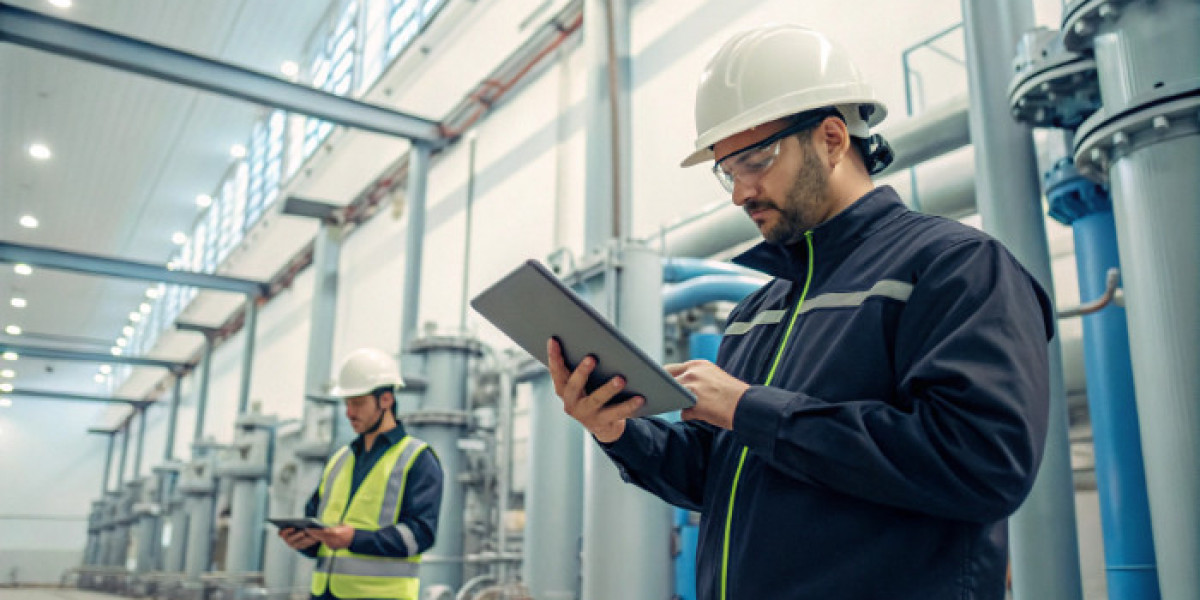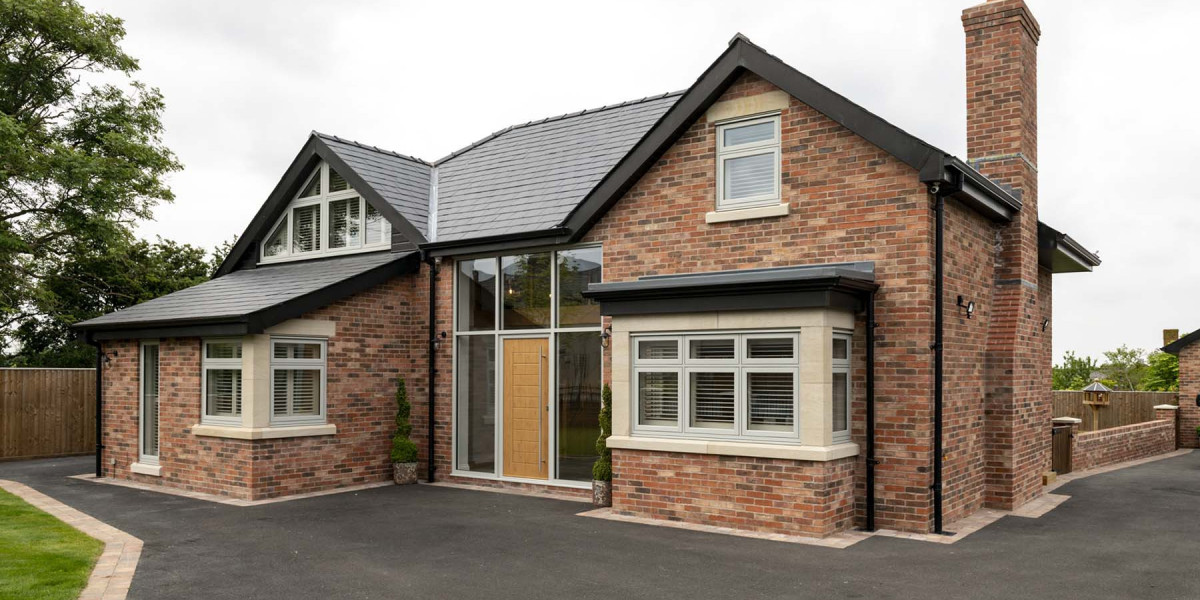Ever feel like facility operations move faster than your coffee cools? From hybrid workplaces to data-fueled insights, change is hitting every corner of building management. And here’s the catch,many organizations still cling to outdated methods that can’t keep up. Frustration grows when teams spend more time reacting to issues than improving performance. That’s the real challenge. But there’s hope, facilities management systems are evolving into powerful, connected ecosystems that make managing assets, energy, and people smoother than ever. Let’s explore what’s new, what’s exciting, and what’s quietly revolutionizing how leaders run their facilities.
1. The Rise of Smart Building Intelligence
Not long ago, facilities management was about maintenance schedules and reactive fixes. Now, with sensors, IoT devices, and AI, buildings are practically thinking. They can detect temperature fluctuations, track occupancy, and even predict maintenance needs.
With facilities management systems adopting smart technologies, decision-makers gain real-time visibility. Imagine walking into your office, and the system’s already optimized the lighting and HVAC to match occupancy. No guesswork, no waste,just efficiency.
Key impacts of smart building systems include:
Lower energy costs through predictive energy use.
Real-time monitoring for safer, smarter spaces.
Seamless integration with existing management tools.
2. Sustainability Takes Center Stage
Green is no longer just a buzzword,it’s the backbone of future operations. Companies are under pressure to hit sustainability goals, and trends in facilities management are steering that shift. From renewable energy tracking to automated waste management, technology’s making sustainability measurable.
And it’s not only about saving the planet. Sustainable systems help cut costs, enhance reputation, and improve employee morale. A cleaner, more efficient workplace often leads to happier teams.
Common sustainability-driven innovations:
Smart metering and automated resource tracking.
Waste and water consumption analytics.
Data-backed environmental compliance reports.
3. Predictive Maintenance Moves from Optional to Essential
Gone are the days of “fix it when it breaks.” Predictive maintenance is here,and thriving. With advanced analytics embedded into facilities management systems, teams can detect early signs of wear before breakdowns occur.
This shift doesn’t just prevent costly downtime. It builds trust between departments and transforms maintenance into a strategic advantage. For example, a predictive alert might show that a cooling unit’s vibration pattern signals future failure,saving you thousands in emergency repairs.
The biggest wins of predictive maintenance:
Reduced unplanned downtime.
Longer equipment lifespan.
Better allocation of maintenance budgets.
4. Cloud-Based Flexibility Redefines Access
Remote work didn’t just change where we work,it changed how we manage everything. Cloud-based platforms now allow facility managers to access data, control systems, and approve work orders from anywhere.
This flexibility means no more late-night trips to the office or delayed responses to critical issues. With cloud-powered facilities management systems, collaboration happens in real time, whether teams are across the hall or across continents.
Perks of cloud-based solutions:
Secure, anytime access to data.
Real-time collaboration across departments.
Easier software updates and scalability.
5. The Integration of Asset Tracking and Management
Asset tracking once meant clipboards and spreadsheets. Today, modern systems integrate RFID tags, barcodes, and GPS to track every piece of equipment down to its last bolt.
By connecting asset data directly into management dashboards, leaders can finally see what’s being used, underused, or nearing failure. It’s like going from a blurry snapshot to full HD clarity.
Top benefits of integrated asset management:
Fewer misplaced tools or equipment.
Accurate lifecycle tracking.
Faster decision-making through complete visibility.
6. Data-Driven Decisions Become the New Normal
Let’s face it, gut feeling isn’t a strategy anymore. Facility leaders are relying on data dashboards to identify inefficiencies, compare costs, and plan upgrades. And facilities management systems are at the heart of it all.
Imagine comparing multiple buildings and instantly spotting which one consumes more power per square foot. That’s data storytelling at work. When analytics drives every action, facility management shifts from reactive to proactive.
Ways data shapes better facility strategies:
Performance benchmarking across locations.
Forecasting budgets using trend analytics.
Detecting inefficiencies before they escalate.
7. The Human Experience Comes Into Focus
Technology aside, one of the most meaningful facilities management trends is a renewed focus on the people using the spaces. Comfort, accessibility, and engagement are no longer afterthoughts,they’re measurable success factors.
Facilities are evolving into experience hubs where environment design directly affects productivity. Think adaptive lighting, air-quality sensors, and space layouts that reduce stress. The modern facility manager isn’t just maintaining, they’re curating a healthier, happier environment.
Human-centered facility priorities include:
Enhanced indoor air quality.
Personalized temperature and lighting control.
Noise reduction and ergonomic space planning.
Conclusion
From smart buildings to data-driven efficiency, facilities management systems are reshaping how organizations grow, save, and sustain. Each trend brings new tools to manage buildings more intelligently and humanely. The future isn’t about managing facilities,it’s about mastering them.
Empower your operations with next-gen facilities management systems from MicroMain, designed to make every process smoother, smarter, and more sustainable for your team and assets.
FAQs
1. What are the key benefits of modern facilities management systems?
They simplify maintenance, improve data visibility, and enhance sustainability,all while reducing operational costs and downtime through predictive insights.
2. How do trends in facilities management influence company growth?
Emerging trends boost efficiency, attract talent, and create safer, more sustainable workspaces that directly improve productivity and long-term value.
3. Can facilities management systems integrate with other software?
Absolutely! Modern platforms can sync with ERP, HR, and asset tracking tools to unify workflows and provide a comprehensive management experience.














